Good luck happens when preparedness meets opportunity. - Bret Harte
The more interviews I read and wine seminars I attend; the more it seems that non-interventionist winemaking is the over riding zeitgeist of the moment. Every other sentence is “…letting the vineyard speak”, “…showcasing the fruit”, “….creating natural wines”, “…nothing added, unfiltered, unfined” Looking back at tech sheets I’ve written on our wines, and if such a thing existed, transcriptions of speeches I’ve given, there would probably be an ample sprinkling of those phrases to be found. I too shied away from stating that the wines we make here come from the cellar as well as the vineyard. There seems to be some fear of conveying the idea that winemakers actually do anything. I’ve even heard prideful declarations of just putting grapes in a tank, sitting back and seeing what happens.
Well, that’s all fine and good, but I've recently learned to stop worrying about imprinting my personality on my wines and love the craft of making wine again. I firmly believe that great wine is by no means a simple product of entropy. It is attained through determination, skill, guile and the type of luck that pioneer poet Bret Harte was talking about. Michelangelo said that every block of stone has a statue inside of it, the sculptur is simply tasked with finding it. True as that may be, to me the prisoners were interesting to look at, but David was trancendent. The complete unveiling of that which is hidden in the raw material is the gift of the talented and engadged artist. In this way, winemaking approximates art and craft. The vineyard and cellar crew here just spent three straight months working 12+ hour days. Backs are strained, hands are cracked, and boots are worn thin and letting water in. Exhaustion has set in, immune systems are on empty, and there is still work to be done. If non-intervention is the answer, what the hell have we been doing to ourselves? Maybe we could just ship some grapes in a jar and everyone would be happy?
A full description of all the decisions and actions taken during harvest would be quite a tome. If anyone out there is willing to give me an advance on publishing a cellar masterwork like that, please feel free to email me. But since we are using the quick read blog format here, I’ll just touch on one aspect of winemaking, the actual making of the wine.
Those responsible for the physical creation of wine are little single celled creatures called yeast. They perform the alchemical magic of turning sugar to alcohol. The friend of the non-interventionist winemaker is “native yeast”. Here is a video clip of me recently over hearing someone going on and on about the grandeur of native yeast.

I'm not against native yeasts in theory, but in practice here in Paso Robles, something seems a bit off. First, our vineyard and winery is located on what was an oak and manzanita covered hill just 12 years ago. It seems a bit disingenuous to speak of some native culture of yeast that exists here. Much like the cloned vines planted in perfect rows in the vineyard, whatever yeast may be here is a recent transplant to the area. If this vineyard and winery are still here in 50-60 years, then well, maybe we could have something interesting to call our own.
Secondly, inoculating with different yeasts is analogous to having more options in the spice rack. Sure, you might grow some amazing oregano in your home garden, but if that's all that's added to every dish you make, things get a bit repetitive. Each vintage, I make 30-40 different wines from about 15 different varietals. Each varietal and style of wine needs to be treated and prepared in a unique way in order to exemplify the varietal characteristics and stylistic goals. Of course, if your stylistic goal is "Hey, let's see what happens this year", I guess that native route is cool. It just seems to me that using a single dominant yeast that lives in the cellar could work great in a place where you make a single field blend wine, but seems a bit unnecessarily limiting in my case.
I've got nothing against natural winemaking, just as I have nothing against natural medicine and the like. It help to be reminded of the roots of our profession and the basic ideas upon which this craft is based. But it seems that much natural winemaking is rooted in being a response to large scale factory winemaking. An attempt to reintroduce soul and personality in a world where such things are being slowly taken from us via targeted marketing and focus groups. But when you counter dogmatic approaches with a new dogmatic approach, you sadly come full circle to a place of limited opportunity and expression. I’m not afraid to admit that we have progressed many ideas and techniques in winemaking that were not around 100, 50, even 10 years ago. And I’m not about to throw the baby out with the bathwater to go back to some romanticized “good old days” that never really existed. Well, at least until my back get’s a bit older and I start looking for a way to explain why I don’t want to work as hard as I just did this harvest.

BY: JACQUI PAILING
1/2 lb. mixed baby greens
3 red beets
3 golden beets
1 red onion
Crumbled goat cheese
Olive Oil
Balsamic Vinegar
Sea Salt
Pepper
Preheat oven to 350 degrees.
Cut tops and bottoms off beets and place in a glass pan. Drizzle each beet with olive oil and season with sea salt. Cover with foil and bake for 1 hour. Let cool completely then peel and slice.
Peel and slice red onion and saute with 1 tblp. over medium-high heat. Set aside.
Mix baby greens with 1/8 cup olive oil and 2 tblp. balsamic vinegar. Season with sea salt and pepper to taste.
Mix all ingredients together or create each salad separately layering baby greens, beets, onions and goat cheese.
Calcareous Wine Pairing: 2009 Calcareous Grenahce/Mourvedre
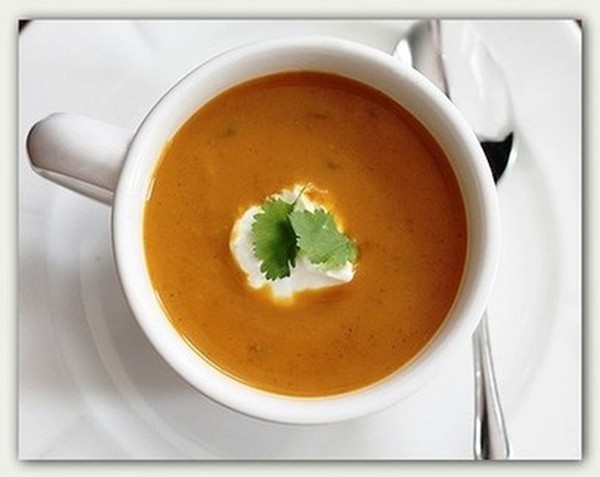
BY: JOHN TEELING
1 medium pumpkin
1 large onion chopped
6 cloves garlic minced
2 medium potatoes diced
2 stalks celery chopped
2 large carrots chopped
1 quart chicken stock
2 tsp. curry powder
½ tsp. coriander
½ tsp. cumin
4 tblp. Butter
Crème fraiche for garnish
Italian flat-leaf parsley for garnish (optional)
Quarter pumpkin and scoop out seeds. Wrap pumpkin quarters in tin foil and bake at 350 degrees for 1 hour. When cooked scoop out flesh.
Meanwhile melt butter over medium heat and add vegetables. Cook for 5 minutes until starting to soften. Add spices and cook for 2 more minutes. Add pumpkin and chicken stock. Bring to a boil and reduce heat and simmer for 30 minutes. Puree mixture and season to taste with salt and pepper.
Serve with a dallop crème fraiche and garnish with the parsley.
2011 Calcareous Chardonnay or 2009 Grenache/Mourvedre
It's officially the last week of harvest. This Thursday we'll pick the Estate Mourvedre and that will be a wrap on the 2012 vintage as far as the vineyard goes. The winery is still running full on, as our tanks are filled with fermenting grapes. But the last pick of the year is that special marker that the bulk of the work is done, and normal life is lighting that tunnel mouth in the distance.
I'm just now starting to wrap my head around what has gone down these past few months. It always begins with such vigor and confidence that quickly turns into survival mode. That being said, we still found time for little trials. When you grow and work with your own fruit, you pretty much get to try whatever comes to your mind. There were some small juice transfers I've always wanted to try. This involves fermenting Zinfandel juice on Cabernet Skins and vice versa. With a wine like our Main Squeeze blend, I can get away with weirdness like that. The 2012 Lloyd ended up being a field blend as the Merlot and Cab Franc were picked right along with the Block 7 Cab, so we able to co-ferment them together. Still fermenting now, but is tasting amazing so far.
We are starting to dive back into the white wines as well. Starting to perhaps put together some early blends of the Rhone varietals. Tasting through them reminded me of this, one of my favorite pictures of this harvest:

That's the freshly delivered Marsanne glowing in the morning sun. Of course, our winemaking dependence on beer contiuned as usual. Through the magic of the internets, we got to watch a couple days of Mick Fanning do this in Tahiti:
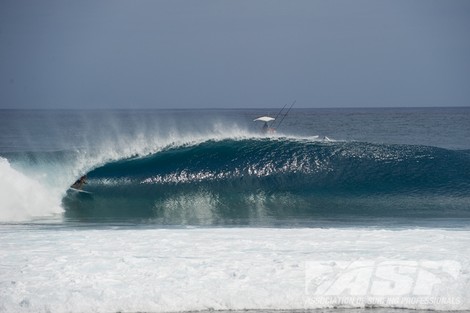
Which led to me tracking down a six pack of these:
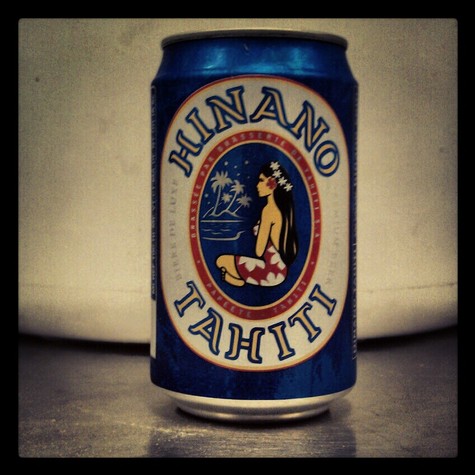
I'm sure these taste great after spending a day paddling in paradise, but tasted a bit like Gameday when enjoyed in the cellar. Also went to a wedding in New Orleans this spring and thought maybe a couple of these would taste as good here as they did while listening to street jazz band in Jackson Square:

No such luck, not a good beer. I'm going to have to get a few high quality beers to mark this Thursday. And, if you are in town, come on by on Thursday as we'll be celbrating some time around 4 or 5 with food, drinks, and general positive vibes!
Here at Calcareous, we are not specialists in any single varietal. In the cellar we produce a wide range of varietals and styles. This keeps things exciting and challenging for us winemaking types. From keeping the Grenache clusters shaded on the vine to the hyper-oxidative pump overs for the York Mountain Cab, you have to constantly remind yourself that each wine has its special needs and techniques. My overall mantra to winemaking is that it always comes down to the skins. They contain all the magic that makes grape wine the most intricate of the fruit based alcoholic beverages. How to approach producing and then extracting out the compounds that are locked in the skins is where the different approaches for each wine in the cellar comes in.
One varietal that has kept me guessing the past few years has been Malbec. With other varietals, if I get confused, I usually meet up with a winemaking friend in town, buy them a few drinks and try and trick them into telling me their secrets. Sadly, most of the Malbec in this world is in Chile, and that would be some expensive beers, so I'm on my own pretty much. Each vintage comes along, and while walking the vineyard, tasting fruit, chewing skins, and spitting, I probably get most excited about our Estate Malbec. It is always so amazingly dark and rich, my mind starts racing about how I can capture this flavor out of the berry and into the resulting wine. Then each year I have a major let down. The Malbec is never bad; it just hasn't matched my expectations. The one job of the winemaker is to produce wine that is in accordance with the quality of the fruit, and in my mind I have failed to accomplish this these past few vintages. For 2012, things have changed.
I changed from a gentle punching down maceration to a more extractive pump over and delastage routine. As the fruit ferments, the carbon dioxide produced gets caught up by the skins causing them to float to the surface. While floating on top, the compounds in the skins are not in contact with the juice, thus you can't extract out what you want. Punching down is the process of physically pushing the skins back down into the must, like making French press coffee. Pumping over is just what it sounds like, using a pump to spray the must over the top of the tank. Pumping over gets you much more extraction, but is dangerous because it extracts everything, good and bad. So if there are any green, vegetal, or overly bitter flavors in the skins, they too will end up in the wine.
To get away with this more extractive technique I risked things in the vineyard by pushing the ripeness. I let the Malbec hang on the vine about a week longer than I usually would. Once the bells in my head started ringing and telling me to pick now, I forced myself to wait 6 more days. A lot of the resulting clusters looked like this.
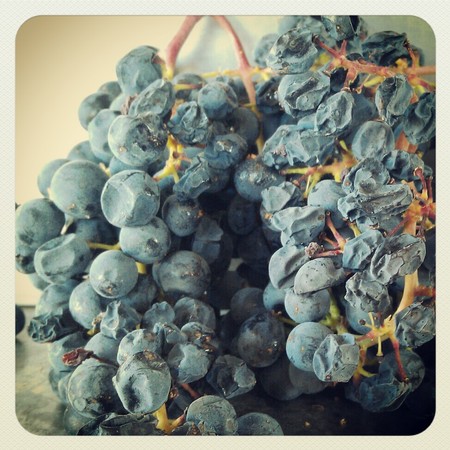
The first thing you'll notice is that I should probably be trying to put these grapes into something like this:
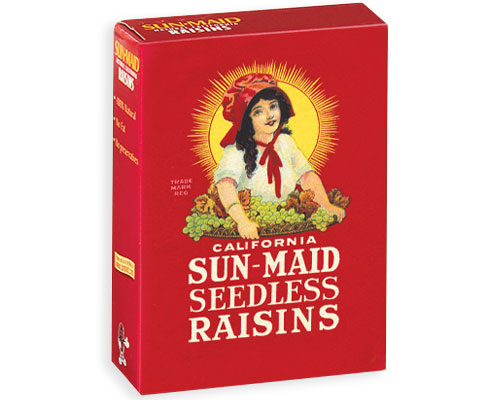
But we don't have the equipment to open and shut all those little boxes so we'll still aim for the bottle. Amaizingly, the juice came out at about 26.8 brix with a 3.42 pH. This should come out to about 15.0% alcohol, these are not weird, over ripe numbers at all for Paso Robles. By pusing the skins this little bit more, they were a bit softer which allowed for better extraction, and there is simply no under ripe or simple characteristcs at all to the wine after completion of primary fermentation. I had to battle my gut instinct, but in the end, I think a discovered a little piece of the puzzle on how to make Malbec here at the Calcareous Vineyard.